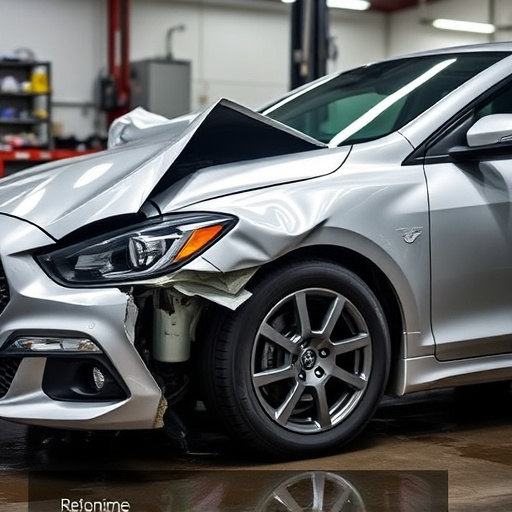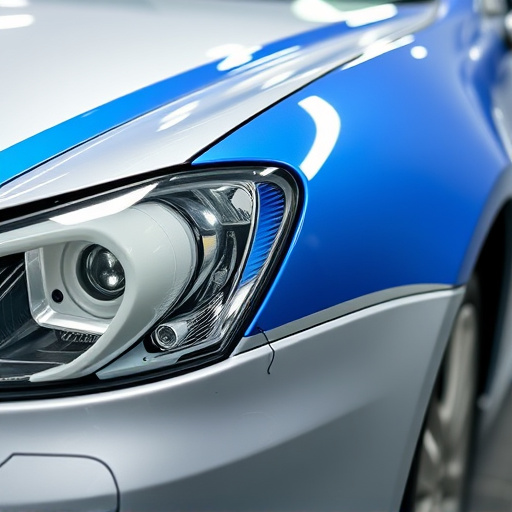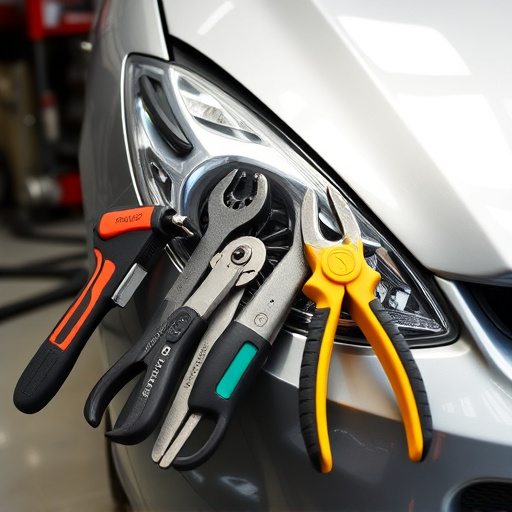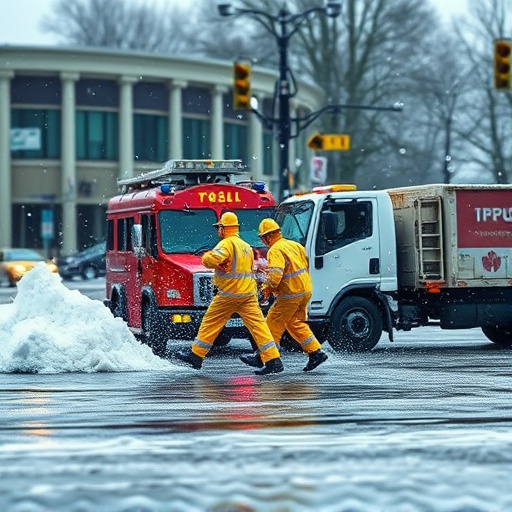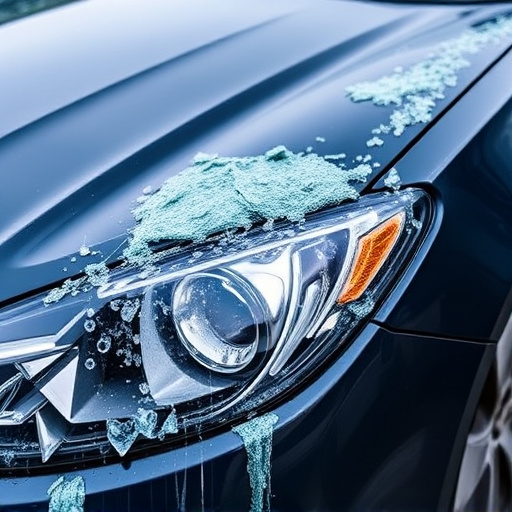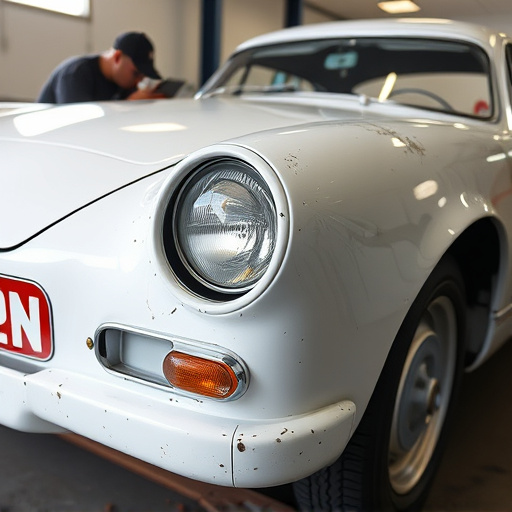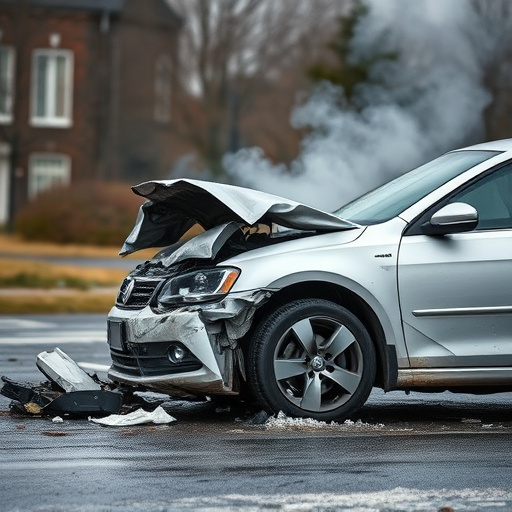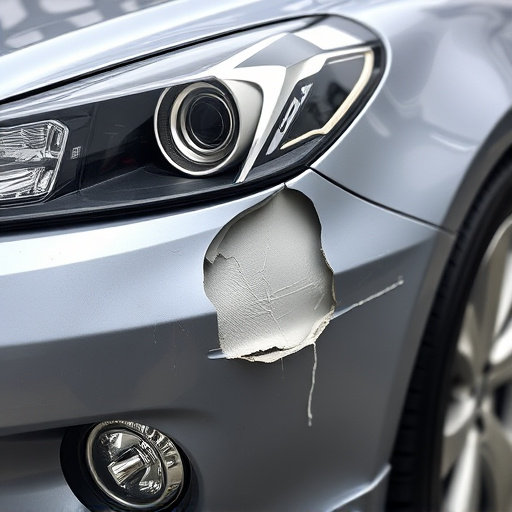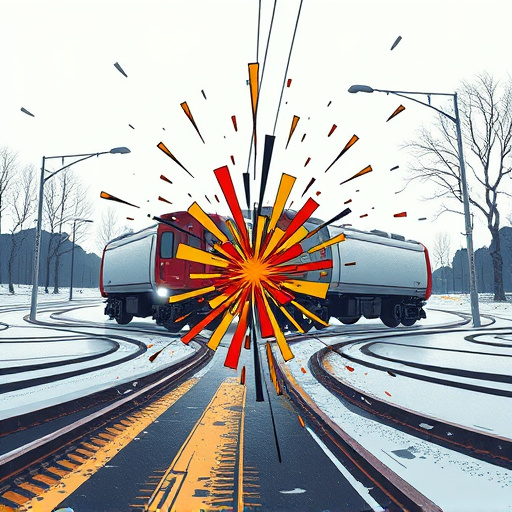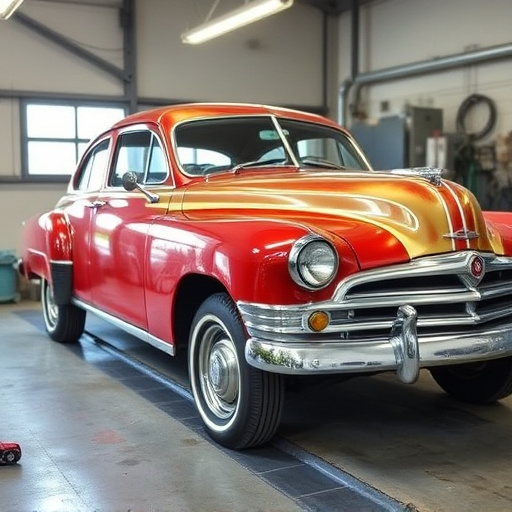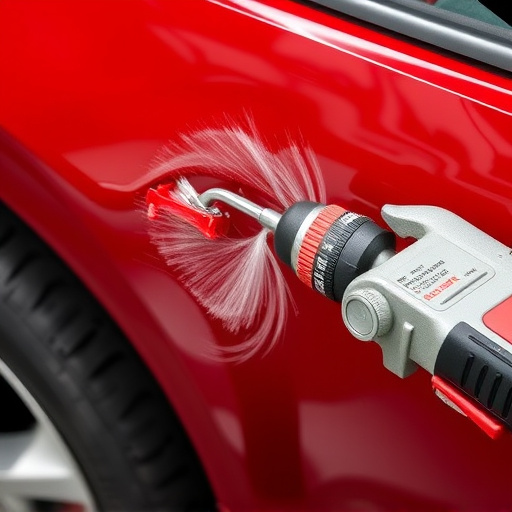The Tesla Air Suspension, a revolutionary system blending comfort and control through compressed air, offers adaptive ride control and adjustability for various driving conditions. Regular attention, including visual inspections, pressure testing, and monthly checks, is crucial for preventing leaks, fault sensors, or failed airbags, ensuring optimal safety and performance. Timely maintenance and professional repairs are key to preserving the Tesla Air Suspension's longevity and efficiency.
“Dive into the world of Tesla air suspension repair, an essential skill for any car enthusiast or DIY mechanic. This article demystifies the basics, offering a comprehensive guide to understanding and addressing this advanced system. From the mechanics of how Tesla’s air suspension works to identifying common issues like compressed air leaks and ride height fluctuations, we equip you with knowledge. Learn practical steps for maintenance and repair, empowering you to keep your Tesla’s handling and comfort at peak performance.”
- What is Tesla Air Suspension and How Does it Work?
- Common Issues and Symptoms of Tesla Air Suspension Failure
- Steps for Basic Tesla Air Suspension Repair and Maintenance
What is Tesla Air Suspension and How Does it Work?
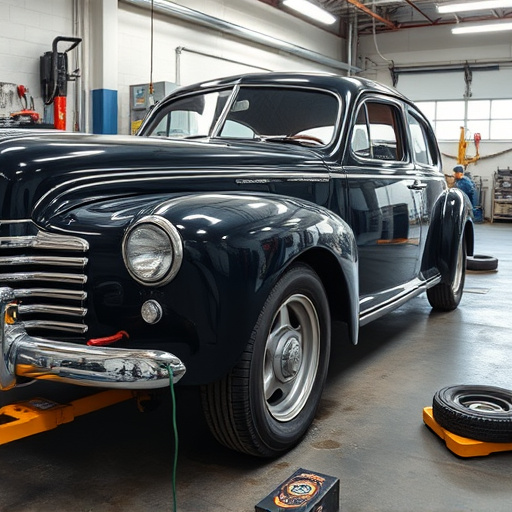
Tesla Air Suspension is a cutting-edge system designed to revolutionize the way your vehicle rides and handles. It’s an innovative technology that offers both comfort and control, ensuring a smooth and responsive drive. At its core, it utilizes compressed air to adjust the height of the vehicle, allowing for adaptive ride control and improved stability. The system comprises air springs, valves, and tubes, working together to provide real-time adjustments to road conditions. When you accelerate or encounter bumps, the air suspension automatically adjusts, ensuring a seamless driving experience.
This advanced system differs from traditional spring-based suspensions as it offers a wider range of adjustability. It can lower the car for better aerodynamics and increased fuel efficiency or raise it for improved ground clearance and off-road capabilities. The beauty lies in its ability to seamlessly transition between these modes, making your Tesla versatile and adaptable to various driving conditions, from smooth city streets to rugged terrain—all while ensuring your car body repair remains minimal due to its precise control.
Common Issues and Symptoms of Tesla Air Suspension Failure
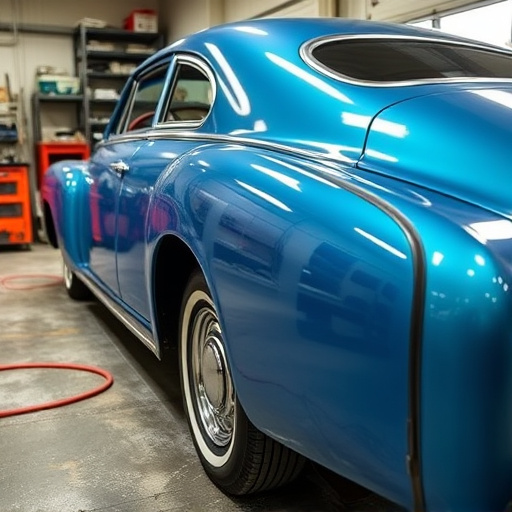
The Tesla Air Suspension system, renowned for its role in providing a smooth and dynamic ride, can encounter various issues over time. Recognizing the early signs of trouble is crucial to prevent major repairs or even accidents. One of the most common symptoms is an irregular ride height variation, where the vehicle’s front or rear may sit unusually low or high compared to the other side. This could indicate a leak in the air lines or valves, causing improper inflation and deflation.
Another telltale sign is excessive body roll during cornering, suggesting problems with the suspension’s leveling sensors or control modules. If you notice your Tesla handling erratically or exhibiting a tendency to pull to one side, it might be due to failed airbags or faulty sensors. Vehicle collision repair experts often emphasize the importance of timely maintenance and regular checks for these systems, as they are integral to both safety and comfort during driving. A car body shop’s diagnostic tools can help identify specific issues, ensuring prompt Tesla air suspension repair when needed.
Steps for Basic Tesla Air Suspension Repair and Maintenance
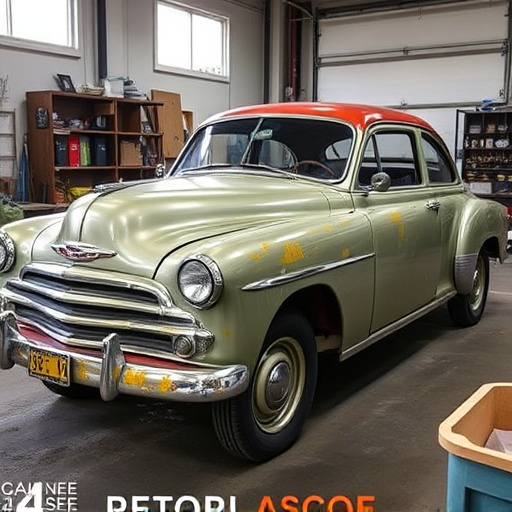
Understanding Tesla air suspension systems is key to effective repairs and maintenance. The first step involves identifying any leaks, which can be discovered through visual inspection and pressure testing. Once identified, the source of the leak must be determined, whether it’s a worn-out component or damaged seals within the system.
Regular maintenance includes checking air pressure levels in all four wheels and ensuring each suspension strut is properly inflated. It’s recommended to perform this check monthly and before long trips. If you notice any unexpected changes in handling or ride quality, it might be an indication of a problem with your Tesla’s air suspension, requiring the expertise of a professional car repair shop for more advanced repairs, much like addressing a persistent car dent repair issue.
Understanding the inner workings of your Tesla’s air suspension system is key to ensuring optimal performance and safety. By being aware of common issues like loss of air pressure, irregular ride height variations, or unexpected banging noises, you can proactively address them using basic repair and maintenance steps outlined in this article. Armed with knowledge, you’ll be better equipped to maintain your Tesla’s smooth and precise ride, enhancing both its performance and longevity on the road. For more advanced repairs, remember that professional assistance is always an option when dealing with complex automotive systems like air suspension.
